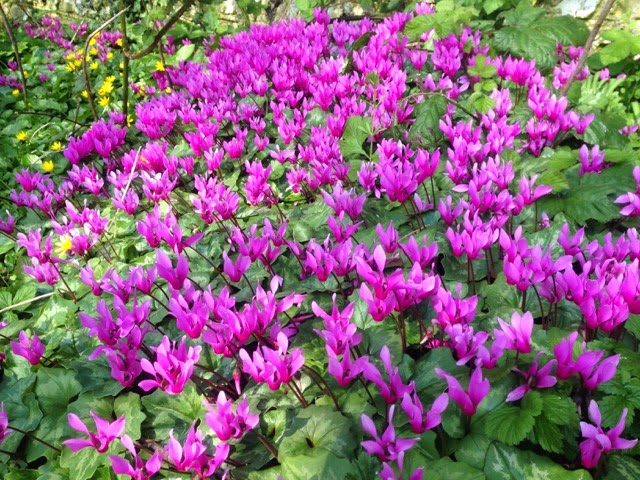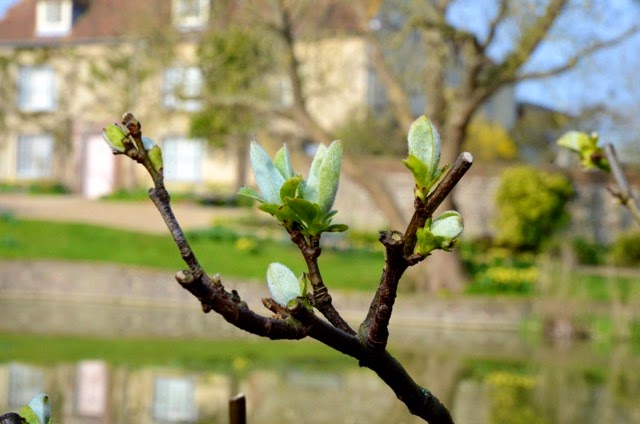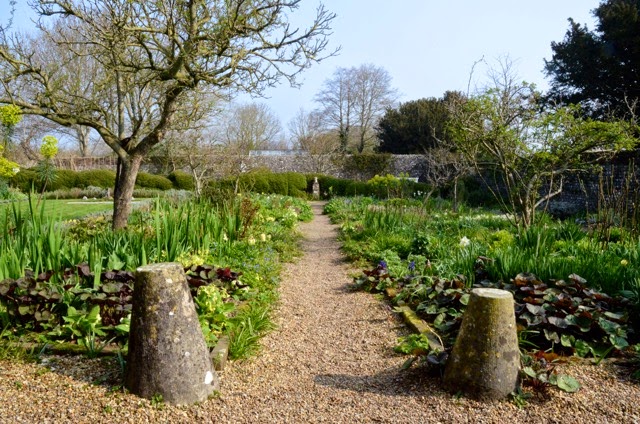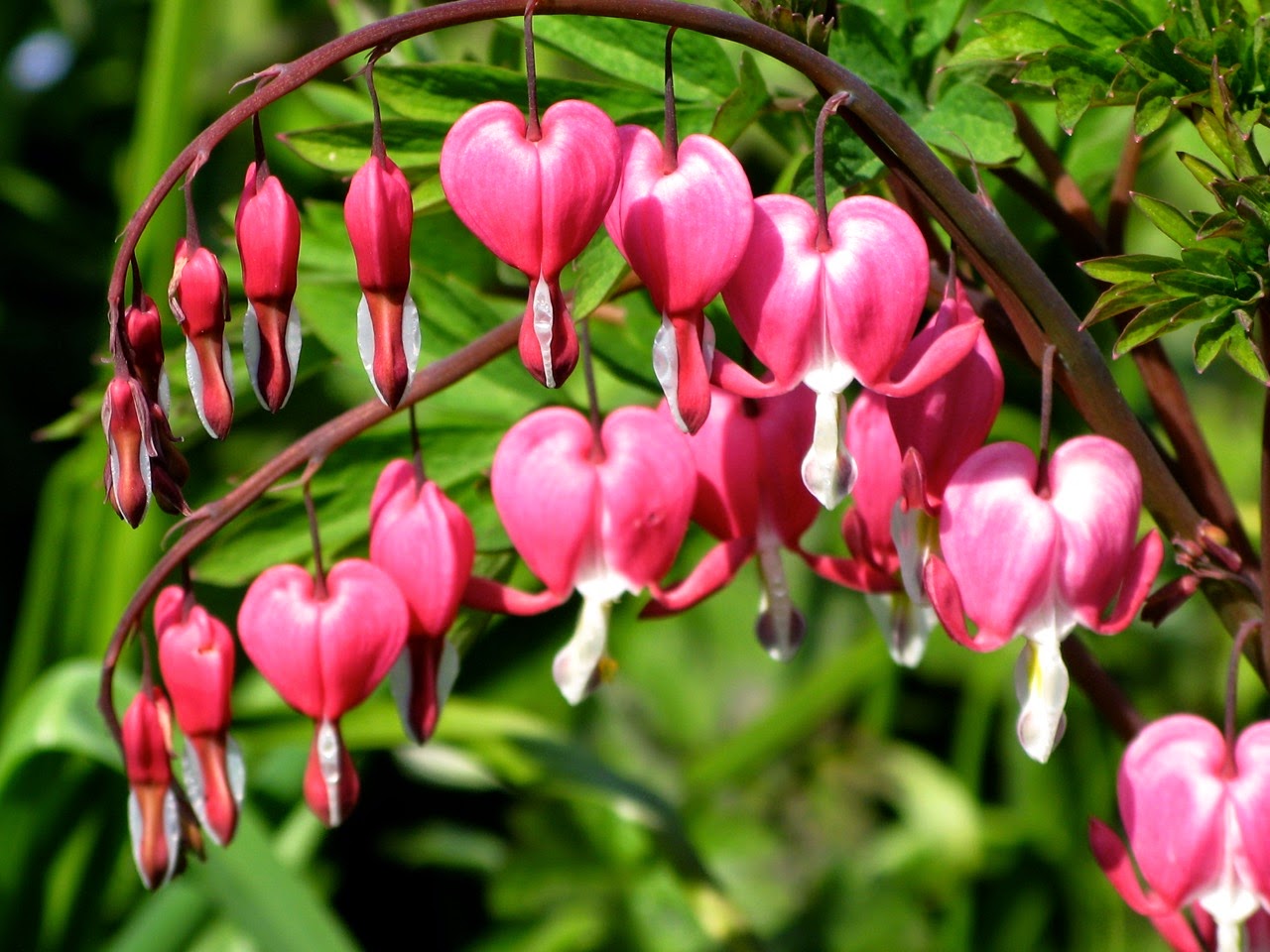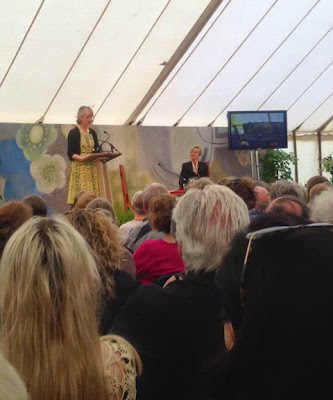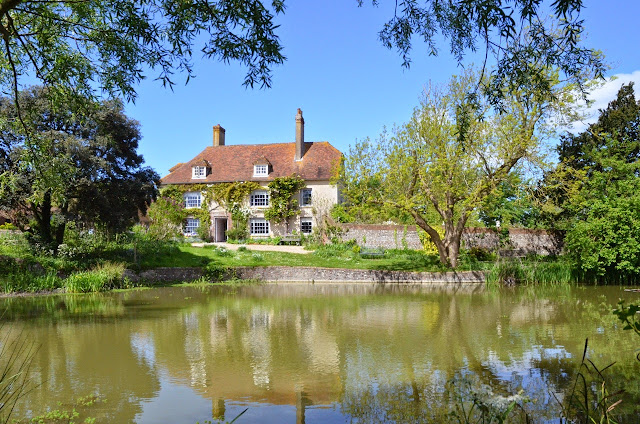http://www.charleston.org.uk/whats-on/festivals/the-charleston-festival/
This is the beginning of my photographic recording of the magnificent garden of Charleston, during all four seasons of the year. (An on going project through this year - more updates to be posted ... )
Adding a new dimension to countless publications on
Charleston and the infamous Bloomsbury group, at the end of this posting I have portrayed a very brief history of the estates prominent main characters; gifted artists and writers who made their mark within the English culture of days past, focusing here mostly on their garden which is recorded to have been enjoyed by all the group, in both their writings and the paintings they put on canvas. I photograph not just the gorgeous array of plant life but the
creatures that inhabit the estate making it their home.
Sussex is all about a natural, gentle beauty that curls around us with soft contoured hills, intriguing villages, gorgeous forests, ancient rivers, an array of fields displaying their crops. This is landscape inhabited by creative people. History has shown artists writers and great thinkers have been drawn to this lovely county in southern England for hundreds of years; this post is all about such a group and the lovely surroundings they embraced.
*********
The first pictures recorded for this posting were after the only snow event that came during the winter season. The East Sussex Downs were
beautifully endowed one morning with a light white powder and the robins contrasted well
within the branches; driving immediately over to Charleston to capture a winter scene I was surprised the famous house stood quietly in bright
sunshine and green surroundings as if nothing had happened.
January and February slipped away uneventfully.
The garden remaining in that peaceful dormancy. Mark Divall, friend and long time Charleston gardener, laboured the grounds
by clearing the flower beds in preparation for planting this years display of garden plants.
March came in like a lamb and I received a
call from friend Mark, that life was anew once more in the garden. It was time to feed the
birdlife and see the small beginnings of Spring. Turning off the busy main road
of the A27 out of Lewes I find the familiar new sign of Charleston and driving slowly up the narrow lane that leads to
the main house, I am greeted with the magnificence of a large male pheasant
proudly standing a top of the hedgerow as if guarding his personal estate!
Passing the grand old house I park in the rear of
the building near Mark's greenhouses. He greets me pushing a wheelbarrow
through the archway of the garden wall to open the small wooden gate. The local
birdlife already knew that feeding time was imminent as they flitted with
excitement through the branches. Blue Tits, Robins and Chaffinch all displaying wonderful plumage.
Walking the grounds there are subtle signs of the
new years growth starting to appear. A mild winter in all, warm days giving life
an added boost. Small branches show new fresh growth as the trees and shrubs
come back to life.
Within a couple more weeks the ground suddenly erupted with a white bed of Snowdrops to be followed by dazzling Crocuses tucked away under the trees.
April was no fool to us all this year. Warm temperatures prevailed and the grounds suddenly began to reveal its secrets. The grand house stared at the quiet pond in front with a lone Mallard duck making home again for the season in the bordering reeds. All around the grounds were now decorated with the many species of Daffodils to complete a real springtime scene.
As the bushes displayed their bright berries and spring flowers began to blossom everywhere. Pheasants came stealthily in the early morning light to steal some of their favourite succulent flowers in the wet grass. The fish that had stayed in the depths of the pond through the cold months now flurried to the surface looking for gifts of food as we walked the perimeter of the pond.
Walking through to the back garden each of the flower beds that Mark had cared for scrupulously through the winter were now showing signs of growth. 'I'll be glad when the squares disappear!' He exclaims with a smile, looking forward to the growth hiding all the man-made boarders.
My knowledgable guide escorts guests around the small pathways showing the new plants as they climb skyward and display their magnificent blooms. Trees are now also proudly showing us their colours. The trees & shrubs are now all in bud.
The garden is showing a beautiful array of ground plants all now coming to bloom. In the coming weeks I will need to be here often to record their splendour.
In the field behind the property, new excavation is well underway to complete the new approach road leading into an improved parking area for the thousands who will venture here by car and coach from all over the world in May for the famous Charleston Festival.
As April came into its second and third week I received another call from Mark. He told me of the sudden explosion of colours the beautiful spring days had now produced. The drive over to the estate took the usual fifteen minutes from the tiny hamlet we live in nestled under the South Downs. On arrival the scene is almost surreal as you open the garden gate from the front of the main house. The many varieties of tulip now adorned the flower beds and small trees were in full blossom.
Many other boarder flowers boasted their dramatic blooms and some of the tulips, Mark explained, were quite rare only existing in one particular place over near the far stone wall. A tulip species that could be traced back 300 years and paid a fortune for in those early days of gardening.

Leaving the front gate of the main house I look
back to see the new greenery surrounding the pond with its unique statues
hiding within the shade of large deciduous trees made a perfect setting to
sit and enjoy the peaceful surroundings of Charleston. Here also the flowerbeds
proudly display their colours only to be matched by the powder blue April skies
we have grown to relish at this time of year!
With the beginning of the Festival in May there will be further postings to this page. As the summer begins to take hold and the garden matures we will show you here the magnificent results of Mark Divall's appreciated labours. Come and experience Charleston, the gardens, the gathering of authors and touring the grand old house: days you will long remember!
***************
Vanessa Bell.
At the heart of the Bloomsbury group in Sussex was Vanessa Bell, an accomplished painter who moved into Charleston Farmhouse in 1916, through recommendation from her sister and well known author, Virginia Woolf. She separated from her husband Clive Bell before World War One but never divorced. Vanessa befriended art critic, Roger Fry and recognised artist Duncan Grant. She had a daughter, Anjelica, who became a writer and painter and two sons, Quentin and Julian who both became writers. Julian fought and died in the Spanish Civil War at the age of 29.
Together with Lytton Strachey, Clive Bell, Duncan Grant, Maynard Keynes, Rupert Brooke, David Garnett, Leonard & Virginia Woolf, and Roger Fry they formed an intellectual circle of writers and artists known as The Bloomsbury Group. They encouraged an alternative life-style and liberal approach to sexuality, while expressing their creativity not only in the words they wrote or painted on canvas, but on the very walls, furniture, fabrics and ceramics that made up the unique farmhouse interior named Charleston.
Vanessa, Clive, Duncan and his lover David Garnett moved to Charleston, East Sussex in the before the outbreak of the 1st World War. David described in his autobiography how 'one after another the rooms were decorated and altered almost beyond recognition ...' Vanessa and Duncan painted commissions for the Omega Workshops established by Roger Fry. Her fist solo exhibition was in 1916. In 1914 she turned to painting abstract. The group adorned all the rooms at Charleston with the now famous images of the Bloomsbury style. Vanessa died at the farmhouse on 7th April 1961, aged 81.
 |
| Self Portrait - Vanessa Bell |

Painting Portraits, Lytton Strachey, Favourite Art, British Artists, Duncan Grant, Belle 1912, Art C 1900, Bloomsbury Group, Vanessa Belle
 |
| Duncan Grant 'Vanessa Bell', 1942 © Tate |
 |
| 'Grace Higgens in the Kitchen' by Vanessa Bell. ' |
 |
| A portrait painting of Leonard Woolf by Vanessa Bell in 1940. |
Virginia Woolf.
Virginia Woolf and her husband Leonard, also a published author and a publisher, had purchased Monk House in the lovely Sussex village of Rodmell, about 5 minutes down the road from where we are living in the tiny hamlet of Firle. Virginia would often walk The Downs from Rodmell over to her sister in Charleston. Born in Hyde Park Gate, London in January 1882, they enjoying annual summer visits to St.Ives in Cornwall. At the age of 13 she lost her mother and two years later, her half sister, leading to her first nervous breakdown. Both Virginia and her sister Vanessa studied at Ladies Department. Kings College London. She began writing professionally in 1900 for The Times Literary Supplement.
In 1922 she met fellow writer and gardener Vita Sackville-West, wife of Harold Nicholson, and began an intimate relationship that continued into the 1930's. She presented Vita with her novel 'Orlando' described by Vita's son Nigel as 'the longest and most charming love letter in literature ...' Her fist novel, 'The Voyage Out' was published in 1915. She completed eight others through 1941. Her writings included some fourteen non-fiction books, several biographies, autobiographies, letters, photograph albums and diaries with a drama performed in 1923.
Her mental illness finally taking its worse turn after the outbreak of World War ll with the bombing of her London home in the Blitz and then disappointing approval of her biography of friend Roger Fry. On 18th April 1941 she wrote a final note to her husband, put on an overcoat with pockets full of stones and walked into the River Ouse at the bottom of her Sussex property. Her cremated remains were placed under an elm tree in their Rodmell garden.
 |
| 800 × 1093Search by image |
 |
| booktrib.com |
 |
| www.barnesandnoble.com |
 |
| en.wikipedia.org |
 |
| www.tusitala.org.uk |
Clive Bell.
Accompanying Vanessa was her husband and fellow painter Clive Bell. Born in Berkshire in 1881 educated at Trinity College, Cambridge. In 1902 he received a scholarship to study in Paris where his interest in painting developed. He returned to London in 1907 and married Vanessa Stephen, sister of Virginia Woolf.
By the beginning of the first World War their marriage was over, with Vanessa beginning a lifelong relationship with Duncan Grant. The Bell's never officially separated or divorced, rather spending time in each others company and frequently going on holidays together. Clive lived in London but spent long periods at the much loved farmhouse at Charleston. He supported Vanessa's wish to have a child with Duncan allowing their daughter Anjelica to bear his name. Clive Bell died in 1964.
 |
| Clive Bell, by Bassano Ltd, 7 March 1921 - NPG x18131 - © National |
 |
| Painting by Clive Bell - www.bbc.co.uk |
 |
| Self Portrait by Clive Bell - www.bbc.com |
Leonard Woolf.
Leonard Woolf was the third of ten children. Attended boarding school near Brighton and in 1904 moved to Ceylon to become a member of the Civil Service there. He returned to England in 1911 and resigned his commission to marry Virginia Stephen in 1912. Considered an authority as a political theorist he aspired to produce over eighteen published works.
After marriage he tried his hand at fiction-writing, publishing his first novel in 1913. The Woolf's purchased a small printing press in 1917 starting the famous Hogarth Press, the first to publish the works of Sigmund Freud. Leonard was a passionate gardener and tended daily his creation at Monk House which he and Virginia purchased in Rodmell. The house is today nurtured under the care of the National Trust and visited by thousands each year to walk the grounds and view the writing 'shed' that Virginia used through her years there.
After the death of Virginia he later married another love of his life and fellow artist, Trekkie Parsons. In 1919 he became editor of 'International Review' and later served as secretary of the Labour Party's advisory committees on international and colonial questions.
In 1960 he revisited Sri Lanka and accepted an honourary doctorate from the University of Sussex in 1964. He declined the offer in the Queen's Birthday Honours list in 1966, dying from a stroke three years later on 14th August 1969 with his cremated remains placed next to his wife under the elm trees at Rodmell, now marked with a bronze bust in his beloved garden.
 |
| Leonard Woolf - spartacus-educational.com |
 |
| www.waterbridgereview.com |
 |
| Leonard Woolf - www.bbc.com |
Duncan Grant.
Duncan Grant was born 21st January 1885 in Scotland. Schooled in Rugby and St.Paul's School, London not showing any enthusiasm for studies but favouring art classes. Opting out of joining the army he attended Westminster School of Art in 1902 later to study in Italy and Paris. He was cousin and sometimes lover to Lytton Strachey who introduced Duncan to the Bloomsbury group. He often worked with and influenced by fellow artist and critic Roger Fry.
In 1935 Grant was commissioned by the Cunard Line along with thirty other known British artists for works to hang aboard the 'Queen Mary' being constructed in the shipyards of Scotland. A year later with works of art and fabrics completed for the main lounge the board of directors came for an inspection of his creations. They immediately rejected his work and all articles were removed from the ship even though the initial designs had been approved by the committee. He was however paid for his endeavours.
Duncan had affairs with writer Lytton Strachey, future politician Arthur Hothouse and economist Maynard Keynes who considered Grant, one of the loves of his life. In the Bloomsbury group Duncan then formed an intimate relationship with Vanessa Bell and went on to have children with her and living together for 40 years.
In later years Grant's lover and poet, Paul Roche, who knew each other since 1946, took care of him and enabled his way of life at Charleston for a long period eventually dying at Roche's home in 1978. In 1975, in honour of his 90th birthday exhibitions were held at The Tate Galley in London and Scottish National Gallery of Modern Art.
 |
| Duncan Grant - www.geh.org |
 |
| Duncan Grant - huxleyandthebloomsberries.wordpress.com |
 |
| Keynes' room in King's College decorated by Vanessa Bell and Duncan Grant |
 |
| "Paul Roche Reclining," 1945. SLIDESHOW: BLOOMSBURY BOY DUNCAN GRANT |
John Maynard Keynes.
John Maynard Keynes was born in Cambridgeshire, England on 5th June 1883. He became a renown economist who's theories and practices informed the economic policies of governments. His influences began to fade in the 1970's but the financial crashes of 2007-8 caused a resurgence in the well known 'Keynesian thought'. In 1999 Times Magazine included Keyes in the 100 most influential people of the 20th Century. He won a scholarship to Eton College in 1897 where he experienced the first love of his life, the older brother to the future Prime Minister of England, Harold Macmillan. In 1904 he received his first class BA in Mathematics. In 1913 he published his first book 'Indian Currency and Finance'. He would continue with over 20 publications through 1940.
The British Government called on Keyes in 1914 for his expertise during the war. A year later he took up an official post at the Treasury designing term of credit between Britain and its allies. His commitments were seen again all through the 2nd World War but was highly critical of the UK Government during the Great Depression publishing in 1933 'The Means to Prosperity' which contained policy recommendations for tackling unemployment.
In 1908 he met Duncan Grant and became avidly involved with the Bloomsbury Group who were surprised later to find his involvement and affairs with women. He was a firm supporter of women's rights and campaigned against job discrimination against women and unequal pay. He was an avid supporter of the arts financially and known to have dinner party discussions with Virginia Woolf and T.S. Elliot in the context of their struggle against the Victorian era morality. He died of a heart attack in his farmhouse home in the village of Firle, East Sussex on 21st April 1946.
 |
| Maynard Keynes - tribune.com.uk |
 |
| www.goodreads.com |
Roger Fry.
Roger Fry was born in London 14th December 1866. He was the first figure to raise public awareness to modern art in Britain to become a renown artist and art critic during his career. He married in 1896 and had two children. In 1910 his wife, Helen Coombe, became mentally ill enough to be institutionalised for the rest of her life. Fry took over the care of his children along with his sister Joan. That same year he met Vanessa & Clive Bell and introduced to the Bloomsbury Group at Charleston. Virginia Woolf wrote in her biography of Fry 'that he had more knowledge and experience than the rest of us put together'.
In 1911 Fry began an affair with Vanessa Bell where they remained lifelong friends even after their breakup over Duncan Grant in 1913. He was involved in 1903 with the foundation of The Burlington Magazine, a scholarly periodical dedicated to art history in Britain. Three years later he was appointed Curator of Paintings at the Metropolitan Museum of Art in New York, 'discovering' the art of Paul Cezanne. He then began drifting toward the appreciation of modern French art. In 1913 he founded the Omega Workshops who's members included Vanessa Bell and Duncan Grant. He produced over eight published works and at age 67 had an unexpended fall in home in London and died 9th September 1934.
 |
| Roger Fry by Ramsey & Muspratt. 1932 |
 |
| www.smith.edu |
 |
| Roger Fry - Self Portrait |
Update: May 17th 2015
The Annual Charleston Festival has begun. Tents are being prepared for the venue and the new car park awaits the first flow of vehicles from all over the country.
Mark and his assistant work the garden for last minute touch-up and soon enough the first buses and cars arrive. The car park fills quickly in the first days with visitors enjoying a stroll around the garden and a picnic lunch on lawns near the main house.
The first venues begin with capacity audiences enjoying talks with Virginia Nicholson inside the well planned tents. Book signings and sales follow.
The weather is kind with powder blue Sussex skies allowing visitors by the hundreds to explore the garden in these early stages of approaching summer. The trees and flower beds boasting new growth with the 'squares' that Mark so wanted to disappear now not showing at all within the new growth that near over flows in places.
Visitors are now enjoying the Charleston Estate being open to the public. This late spring, early summer display attracting folks from all over. Here are some scenes & highlights of that first day from the gardens and across the pond; the old farmhouse standing proud yet again for another season. One can effortlessly slip back in time, to share what pleasures it must have brought the Bloomsbury Group, as you sit in the peace & quiet of these surroundings that make up this grand old estate.
Visit this posting again in another month or two as the garden matures in the summer sunshine .....













